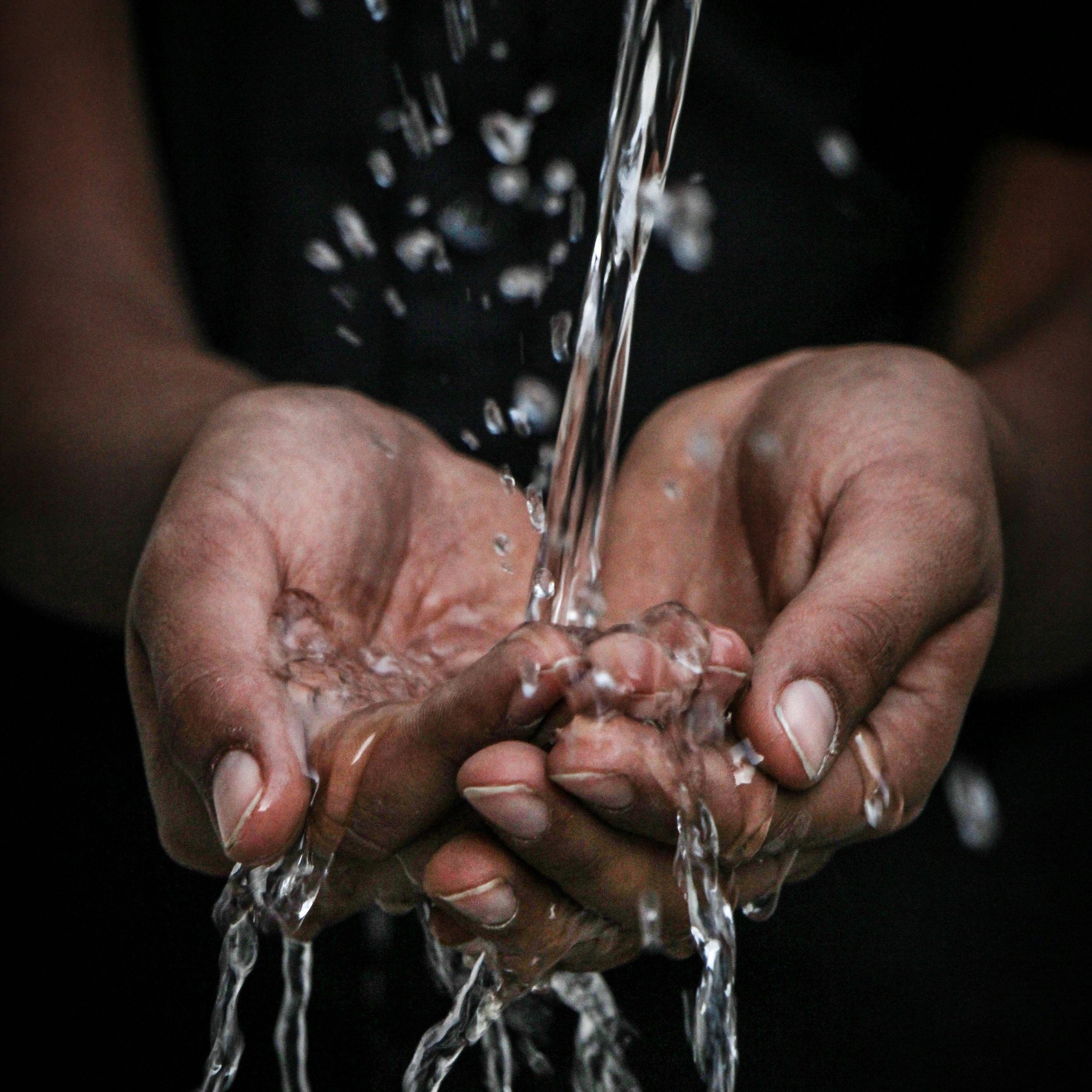11 Ways to Drastically Improve your Race Time, Part 1
Becoming a faster runner requires dedicated training. Consistent weekly running is essential; you can't improve without putting in the effort. Expecting a personal record without training is unrealistic.
Although I love the sport of running and have been doing it most of my life, I recognized very early on that even though running itself is not all that difficult to do compared to other sports like tennis and soccer, running doesn’t require much skill. That’s not to say it’s not challenging! But when it comes to specifics of training, besides just getting the miles in, how can one actually become a better runner? More efficient? Faster?
Below I highlight my top tips to become a faster runner and help you improve your race times.
1. Get a training partner who is faster than you
This is one tactic I learned early on in my running career. In order to be the best, you have to train with the best. Sure you may enjoy Sunday runs with your roommate and/or spouse as you guys chat about the weekend and how the kids are doing. But the truth of the matter is your 10-minute mile pace ain’t doing jack shit for your race times. Yes, getting in the milage is important and if you're training for a distance race, it’s also imperative. BUT, if setting PR’s is something you desire, you will need to run with people who will push you and help you run at your desired race pace. You can catch up with the roomie or spouse afterward your run. My theory is, if you're putting in the work- make it COUNT! Get yourself a running partner who is faster than you.
2. Mix your training up between intervals, fartleks and distance
I don’t care if you are running a 5K, 10K or a marathon. If you are looking to get faster, you should be doing intervals, fartleks runs and putting in the long distance runs. Running is a very mental sport- we know that. Being out there literally by yourself takes practice, patience and endurance- both physically and mentally. However, when it comes to speed, you have to exercise your lung capacity to its max threshold weekly and break down boundaries so you can set new ones. Having all three of these styles of training in your running program will help you set new PR’s like a boss. The distances and intervals will vary depending on what race you are running.
3. Cross Train
This is one that took me a long time to get. I never understood the importance of cross training while training for a race. Runners are known to be very stubborn- I know because I was one of them! It took me until my college career to understand the positive effects of cross training. When I began to incorporate light strength training into my program, my race times skyrocketed. It was amazing to me how much easier running felt. Not only did I begin running faster than I ever had, I started to run more efficiently. Things like my gate started to improve which allowed me to save energy and I recovered faster from longer runs and HIIT workouts . My point? Just because you run religiously doesn't mean you have adequate muscle in your legs. Running in general is very hard on the body. By incorporating other forms of exercise, not only do you strengthen your body and help to alleviate some stress while running, but you can also prevent certain injuries from coming on and help improve asymmetries in the body that naturally occur especially from running.
4. Foam roll
This one goes hand and hand with cross training but I would say it is in it’s own category because foam rolling is known to be strictly myofascial release. Running is a high impact sport which can do a lot of damage to our bones and joints. Our bodies tighten up from the constant pounding on the pavement and we often run the risk of injury because of that. Foam rolling is a self massage tool and it’s great because it can be done from anywhere! Runners tend to get a lot of knee, hip and back pain. This is due to the constant flexion and extension in the hips. As a result muscles around our pelvic area tend to tighten and pull on other tendons around it causing us pain and discomfort. Foam rolling is very important to staying injury free. I recommend foam rolling 3-4x a week especially after your long runs. If there is one thing that can make you slower it’s nursing an injury. Preventing them are crucial and foam rolling plays a major role in that.
*For discounts off my favorite foam rolling toys, enter “EDELL” at checkout for 15% off here.
5. Pay attention to your nutrition
You may not be overweight and you may not give a damn about your macros and/or calories. When it comes to our nutrition, what we choose to fuel our bodies with play a role in our performance and certainly our speed on race day. If you want to set some new PR’s, I would recommend paying attention to what you are putting into your body. Carbs play a huge role yes, but making sure are also eating enough protein and fats to sustain you through your long runs or HIIT workouts also play a role. When you eat too many sweets or processed foods, you will feel sluggish and tired and burn through those carbs and sugar relatively quick leaving you completely wiped when you still have 6 more miles or intervals to go. Choosing good quality food matters. If you base your meals around protein, the right crabs and some fats, you’ll be in good shape.










